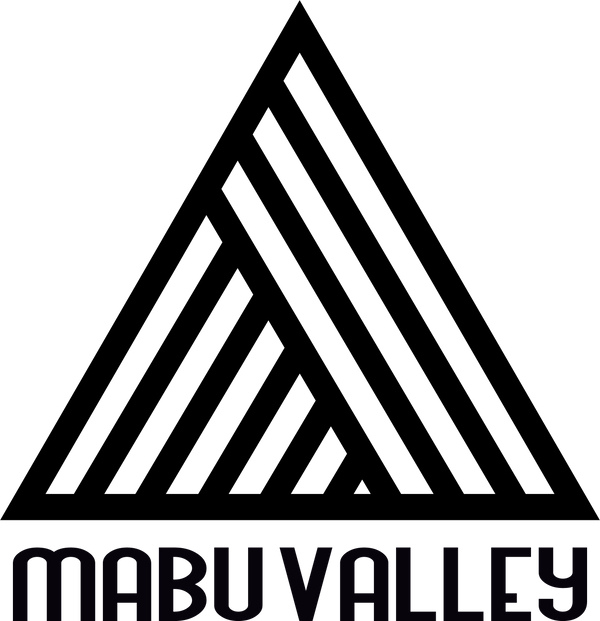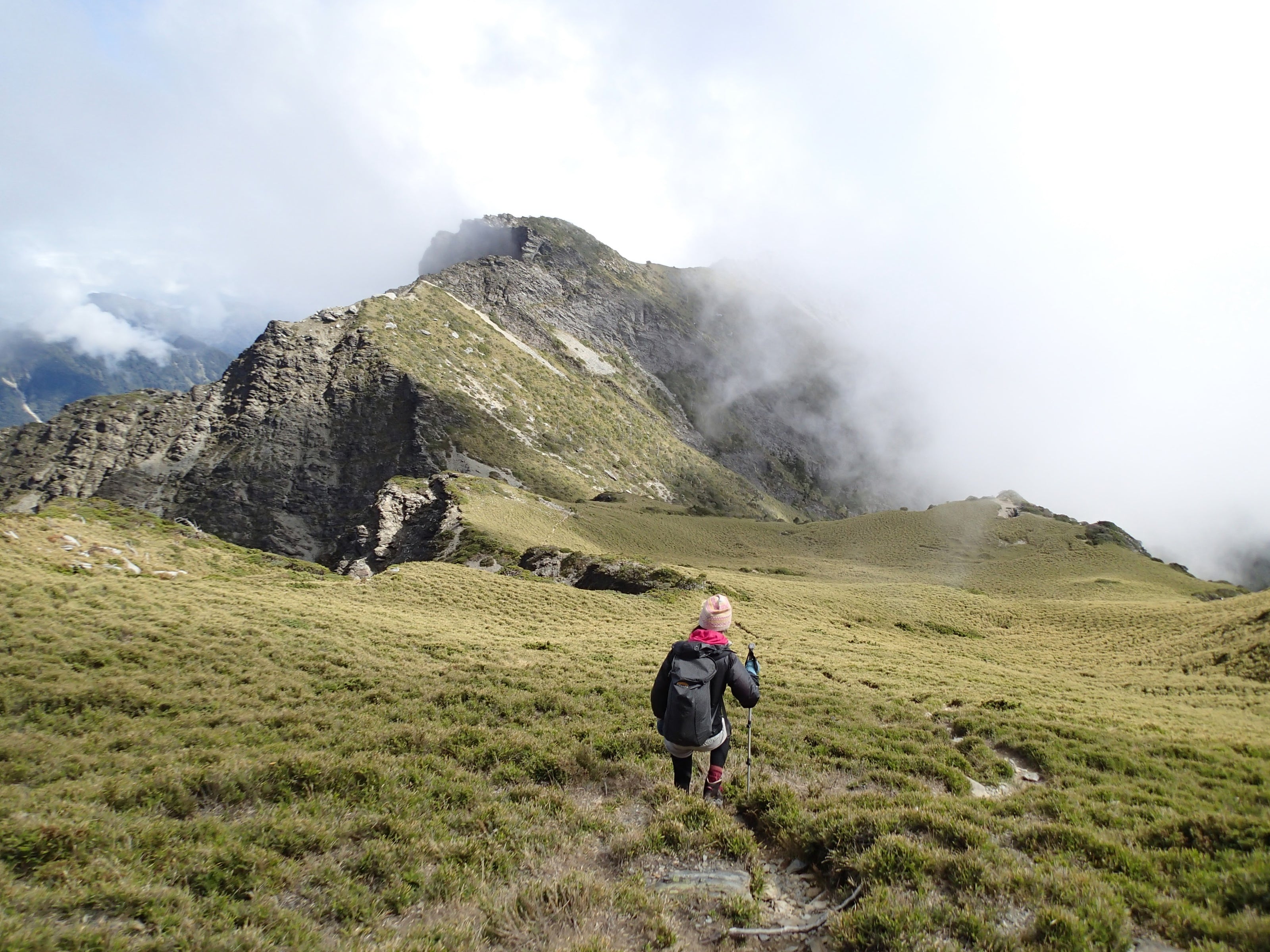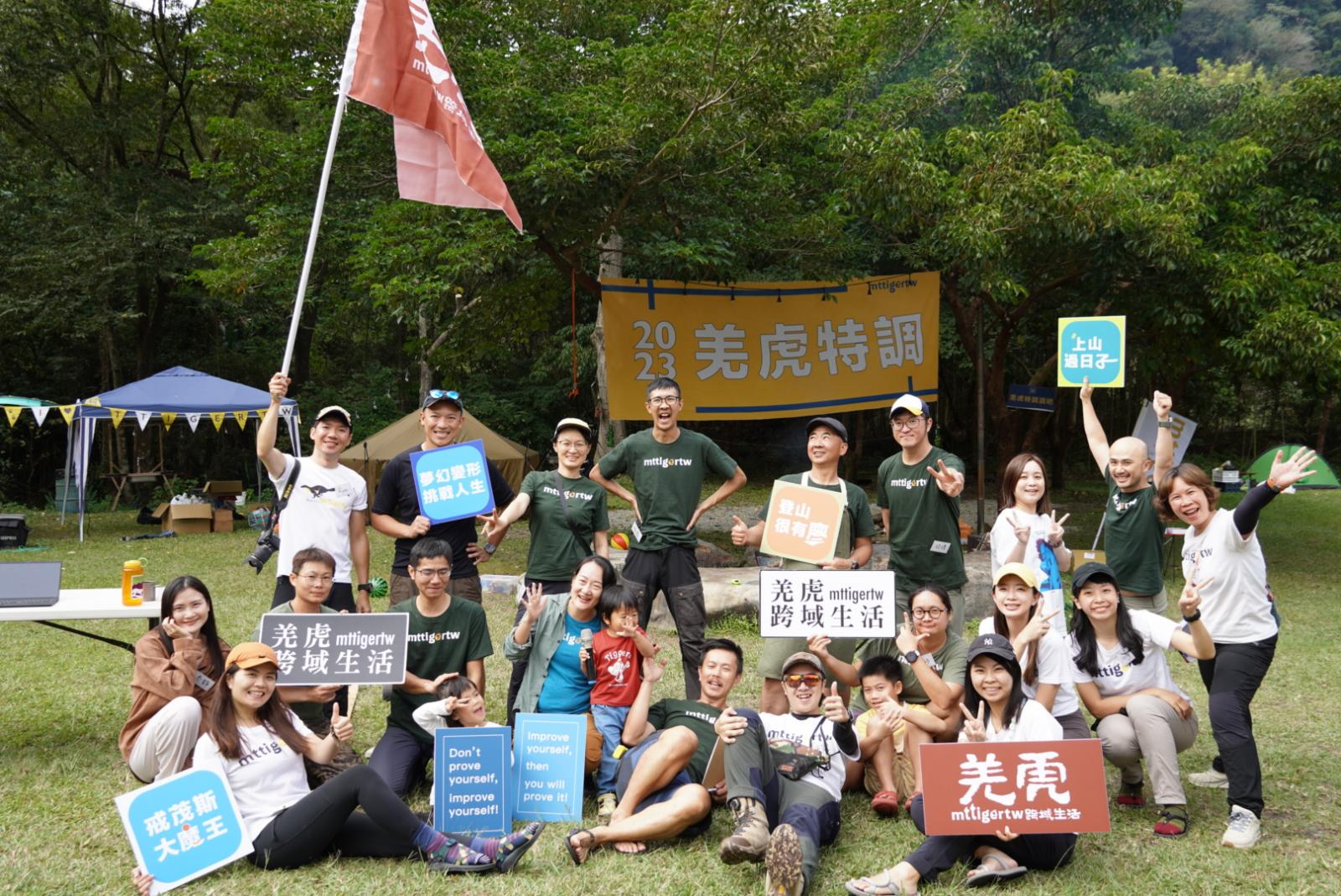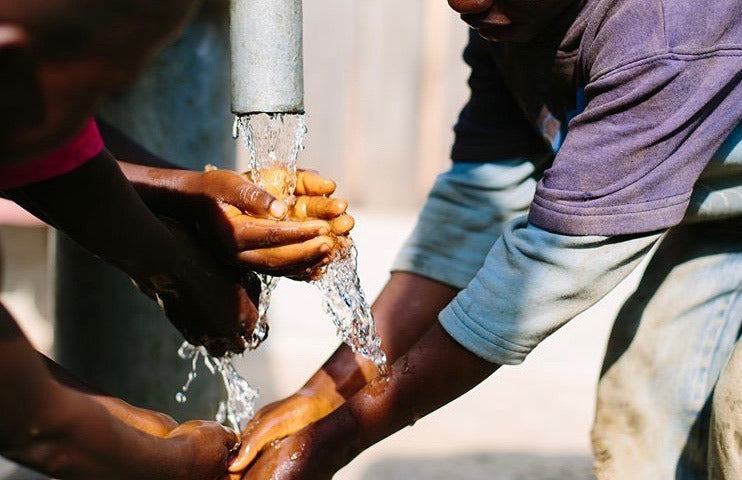The world's top tent HILLEBERG design and manufacturing process
The design appeal of Hilleberg's original factory is not to design new functions for the tent, but to focus on solving various problems that consumers will encounter when using it.
40 years ago, Bo Hilleberg founded Hilleberg's first tent, which was designed to overcome the most difficult and extreme climates. At that time, it also had a unique structure in which the inner and outer tents were connected, which became a unique innovative design on the market at that time.
To this day, Bo Hilleberg still leads his design team with a function-oriented design concept that responds to various severe climates. His team members are also explorers of various natural environments and polar climates, so Hilleberg's design can be said to be Born from real outdoor users.
After gathering the opinions of the design team, Hilleberg's in-house designers draw every detail in a CAD electronic file and begin the prototyping work. Prototyping takes at least several months, and usually several years, before it can be put into mass production.It may not be difficult to design a beautiful and functional tent, but it is not easy to mass-produce it. In order to ensure the quality of Hilleberg's tents, Hillberg's production factory in Estonia has passed ISO-9001:2000 certification, and Hillberg has also Carefully select its spare parts manufacturers, and insist that all production, assembly, quality inspection, and shipment are completed in its own Estonian factory.

Since design and production are controlled in the Hilleberg factory, the quality of the tent can be fully controlled. At the same time, when the product design needs to be improved, it can also be processed online as soon as possible. For new tent materials or new tents that have been prototyped, Hilleberg will not only test them in high-end laboratories, but also conduct outdoor field tests throughout the year. Even for tents that have been mass-produced, Hilleberg will continue to test them in the same way. Conducting evaluation tests, in this part of product design, Hilleberg not only listens to the experiences of its own employees in outdoor use, feedback from retailers, and the experiences of users around the world, but also the source of inspiration for its design
Hilleberg's design process consists of two independent and parallel systems: outdoor and indoor laboratories. For the outdoor part, Hilleberg sends the tents to different environmental climates for years of field testing, and develops new tent designs in-house, whether it is sewing samples according to the design details on the CAD files, or making designs based on the results of field tests. Design revisions are also ongoing.
Step 1.Preparation for production

-
Hilleberg will start ordering the required materials several months before mass production, so that it can have enough time to conduct detailed quality testing and eliminate inferior materials before production.
In terms of fabric, Hilleberg will test each roll of fabric for its color fastness, waterproof ability, weight and fabric feel.
The outer tent and ground fabric will be tested for tear strength to ensure tent material, consistent color and high light resistance.
Floor coverings will use higher standards of testing to check the water pressure resistance of the fabric.
In terms of other accessories, whether they are camp posts, zippers, buttons, or side straps, they must pass Hilleberg's quality inspection.
Step 2. Sewing the tent

-
All related accessories, such as fabrics, zippers, etc., are hand-sewn by tailors.
Step 3. Assembly and quality control
-

-
Before each tent is shipped, Hilleberg will set it up for shipping inspection. The quality inspector of the tent will first visually inspect the color of the inner and outer tents, and then assemble the tent. After confirming that the tent is properly opened, the quality inspector will start to check the zippers and stitching of the tent, and then tie the camp ropes and adjustment tabs.
Any defective spare parts will be replaced as soon as they are inspected. After the inspection is completed, the tent poles and tent pegs will be put into the small bag and placed together with the tent body into the exclusive tent bag. Finally, with the instruction manual and product label attached, a complete tent will be sent to a warehouse in Sweden or the United States ready for shipment.




